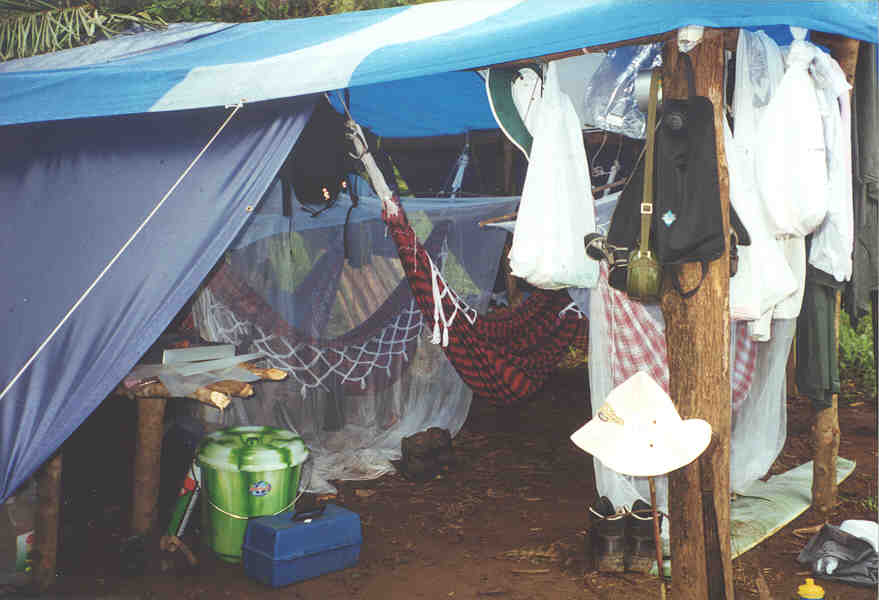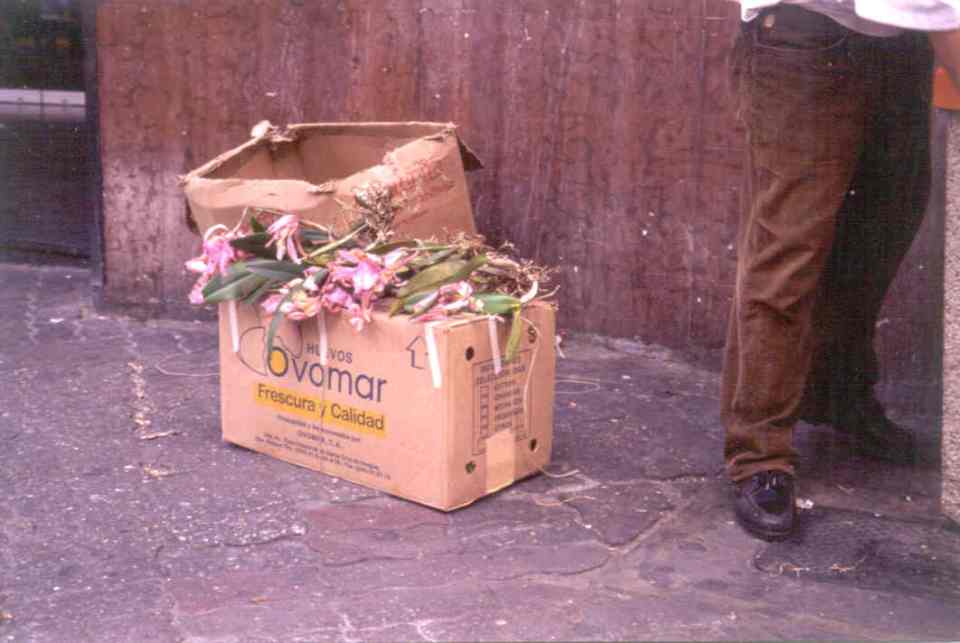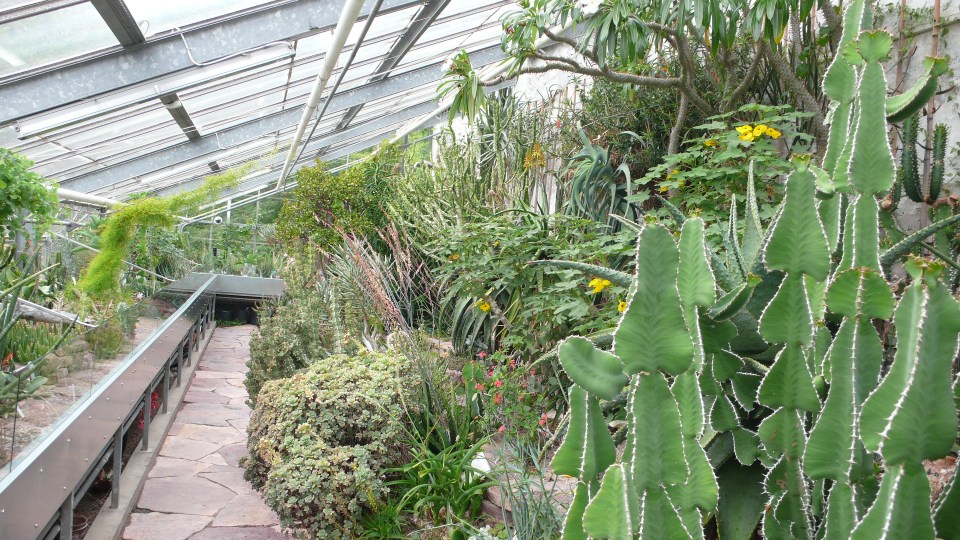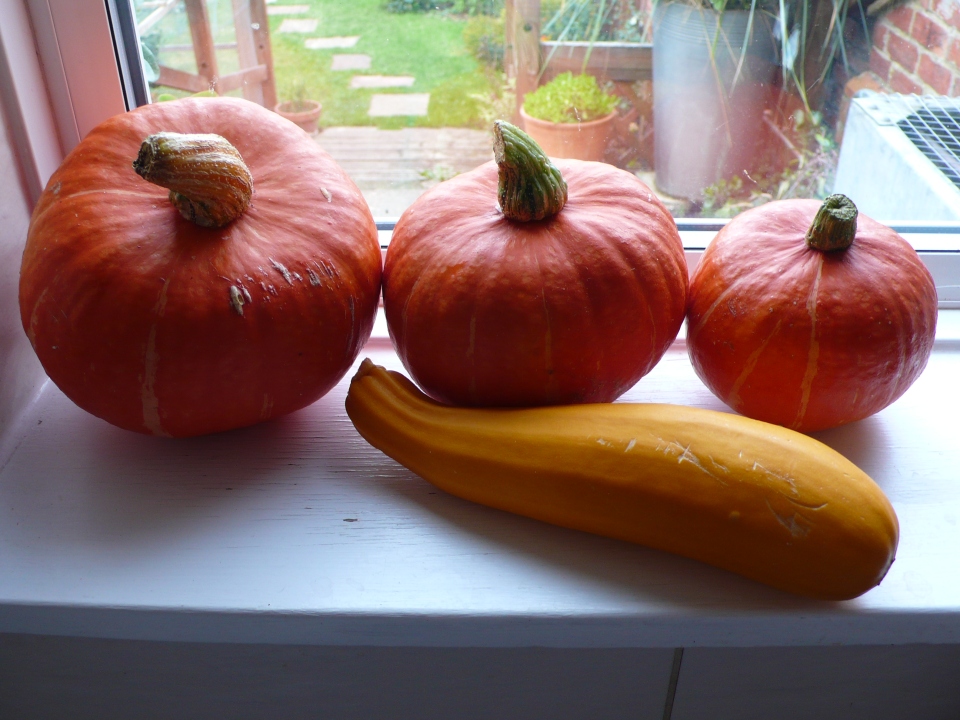
In 2013 Mark Costello, Robert May and Nigel Stork published a review paper in the journal Science called “Can We Name Earth’s Species Before They Go Extinct?” It’s a paper that I discuss with my students in their final year Biodiversity and Conservation module, and it always generates a lot of interest, and it’s has been well cited since it first appeared (143 citations* to date according to Web of Science). There was an interesting response by Mora et al., with a riposte by Costello et al., but overall the original paper has been rather influential in framing some discussions about taxonomic effort and description of species, and the idea that we can “name everything” with additional resources. At the end of the review Costello and colleagues answered their own question by stating: “We believe that with modestly increased effort in taxonomy and conservation, most species could be discovered and protected from extinction” [my emphasis].
Is their optimism justified? Can “most species be discovered”? And what are the implications for how we go about “discovering” these species that are unknown to science?
In my professional life I’ve been fortunate enough to carry out field work with some great colleagues in some wonderful parts of the world, including tropical rainforest and savannah in Guyana and Gabon, mountain scrub in the High Andes of Peru, seasonal dry forest in Australia, montane grasslands in South Africa, Namibian desert, and Brazilian cerrado and Atlantic rainforest. All of these were sites where non-biologists would rarely venture: off the beaten track and (usually**) away from the typical tourist haunts. It would be tempting to describe these places as “remote” but really they were not, because they all shared something in common: accessibility. We were able to reach these sites by traveling along roads, of variable quality, usually in four-wheel drive vehicles. The roads were often not in good condition, and frequently not metaled, but they were roads nonetheless.
It’s sometimes said that if one were to map the geographical coordinates of plant specimens stored in herbariums such as the one at Kew, you would end up with a road map of the world. That’s because collecting biological specimens, or carrying out field work, requires us to be able to gain access to an area. And accessibility usually means roads, unless one is working on the coast or along a river or lake, or have lots and lots of funding to allow teams to be helicoptered into an area (which is rare, but makes for exciting television). Therefore most collecting of biological specimens is done in areas not far from roads.
So, any initiative that intends to “name all the species” in a particular group is going to require access to the remotest parts of the planet, areas that currently have no roads running through them.
There are still areas of the world that we can consider “remote” and “wilderness”, areas that are more than 100km from the nearest road – as a study published at the end of 2016 demonstrated. But these are often found in the most biologically rich parts of the planet, for example tropical rainforest and mountainous areas, where we wouldn’t necessarily want to put roads to make them accessible to taxonomists (or even ecologists). That’s because where roads go, people go, and accessibility to an area is usually followed by exploitation and degradation: illegal hunting, logging, mining, poaching of specimens for sale, etc. etc.

Now, don’t get me wrong, taxonomy is absolutely vital to the conservation of the earth’s biodiversity. It also underpins much ecological, bio-molecular and agricultural research and technology. But the trade off for taxonomists is that they must gather their specimens and data from accessible areas, and that often means roads, and roads mean degradation.
The impetus for this post came from Twitter where a taxonomist highlighted the very good work done by the Virtual Institute of Spider Taxonomy Research (VINT) and described it as an “initiative to discover all spider species of the world in 30 years”. Interestingly I can’t find that aspiration on the VINT website, but if it exists I’m not sure it’s achievable for spiders or any other diverse group of species, without being able to access parts of the world that are best left un-degraded. Again, this is particularly true of the tropics where species can have very limited distributions. A number of years ago an Australian botanist told me about how he was only able to collect some epiphytic Hoya specimens in Papua New Guinea by going into areas of rainforest that had been illegally logged, removing the plants from crowns of the felled trees, with no little risk to his own safety if the loggers had spotted him. Some of those species might have remained undescribed if the area had not been opened up by a road prior to deforestation. That would have been a loss for Hoya taxonomy, but surely positive for conservation.
Can “most species be discovered”? Is this even a desirable thing? I used to think so, because of the oft-stated view that we can’t conserve what we don’t know. Now I’m not so sure, for reasons I hope I’ve articulated. But as always I’d welcome your comments and criticisms.
*Including one in the conference: Annual Forum on Grumpy Scientists: the Ecological Conscience of a Nation:Royal Zoological Society, Sydney, Australia. I’d have liked to have been a fly on the wall at that meeting!
**Usually, but not always: I have a few papers where some or all data collection was done in and around back-packers hostels, hotels, and tourist lodges. Hey, you take your opportunities where you find them in this game!


